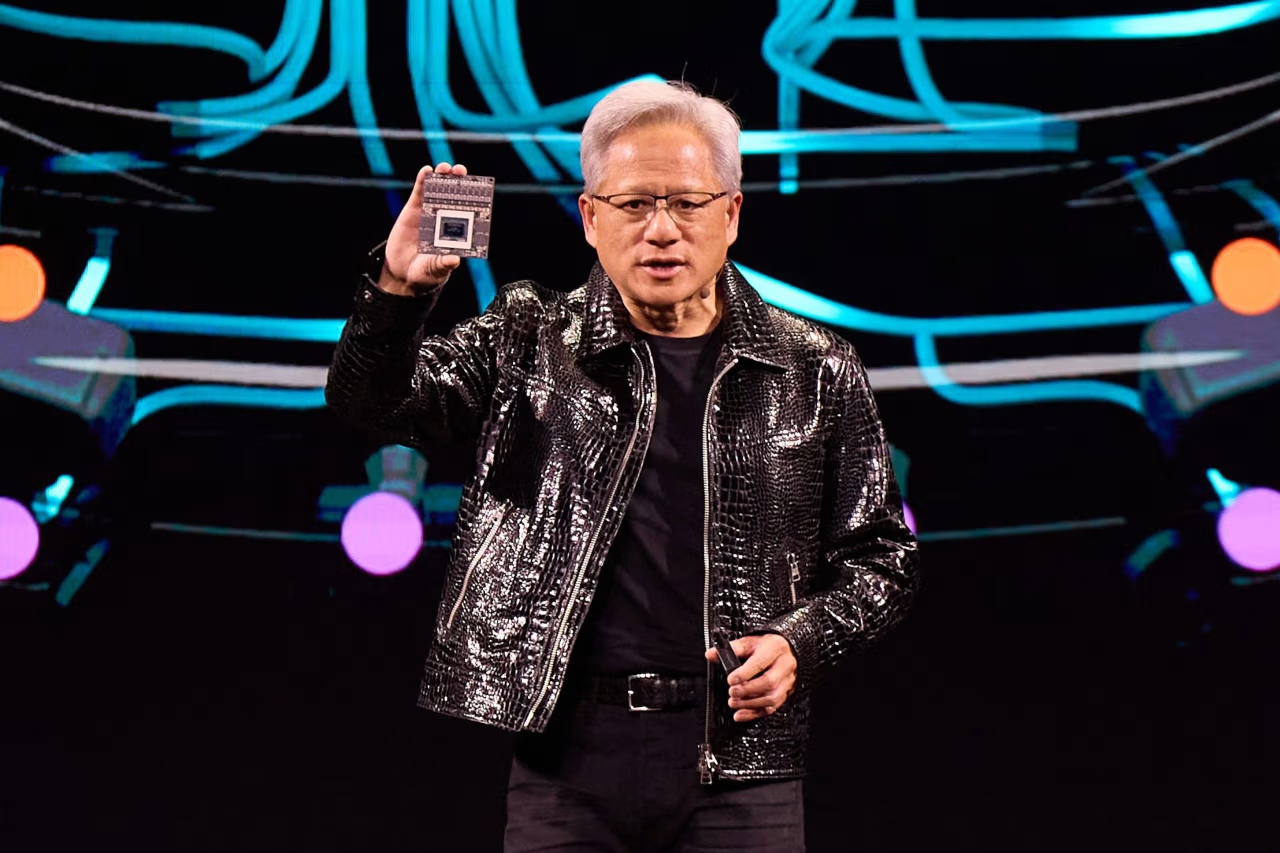Nvidia has become a central force in the artificial intelligence revolution, driving record-breaking growth as demand for advanced chips accelerates. In the latest quarter, the company reported revenue of $46.7 billion, a 56% increase from the same period last year. This growth highlights Nvidia’s position as the backbone of AI infrastructure, powering everything from cloud computing to generative AI models. Yet, despite this massive success, the company continues to face mounting geopolitical risks, particularly in its relationship with China, one of the world’s largest chip markets.
The Expanding Role of Nvidia in AI Infrastructure
Artificial intelligence is now a multitrillion-dollar industry, and Nvidia’s chips are at the core of this expansion. Demand from major technology firms continues to rise sharply as AI models become larger, more sophisticated, and more resource-intensive. The global market for semiconductors is projected to surpass $1 trillion annually by 2030, according to insights shared by Statista. Nvidia’s products, especially those designed for data centers, are enabling companies to process unprecedented volumes of data, supporting both cloud platforms and advanced machine learning applications. The company’s revenue from data centers surged to $41.1 billion in the most recent quarter, underscoring how integral Nvidia has become to the digital economy.
Geopolitical Pressures Between the US and China
Nvidia’s success, however, does not exist in isolation. The ongoing tensions between the United States and China have placed the company in a delicate position. While China represents one of the largest markets for AI chips, export restrictions from Washington have complicated the sales of Nvidia’s high-end products. Earlier this year, Nvidia had to navigate shifting government policies that directly impacted its ability to sell advanced chips like the H20 series. With US regulators now reviewing licenses for future shipments, the company faces uncertainty in one of its most lucrative markets. According to analysis from the Council on Foreign Relations, these restrictions are part of a broader strategy to curb China’s access to technologies that could strengthen its military and technological independence. Nvidia’s strategy now includes lobbying for approval to sell its next-generation Blackwell chips, which would play a crucial role in maintaining its market dominance.
The Future of Nvidia Amid the AI Boom
Looking ahead, Nvidia projects revenue growth to $54 billion in the next quarter, surpassing many Wall Street expectations. The company’s long-term vision is tightly aligned with the global AI boom, where investment from leading technology firms has already doubled to $600 billion annually. This surge is fueling not only generative AI but also the expansion of robotics, autonomous systems, and precision medicine. Experts predict that AI could add trillions to global GDP, reshaping industries from finance to healthcare. As noted by McKinsey & Company, AI adoption could generate up to $4.4 trillion in annual value across sectors worldwide. Nvidia’s leadership in chip design places it at the center of this transformation, but the balance between innovation and regulation remains fragile. Competing chipmakers are emerging in China as domestic investment intensifies, challenging Nvidia’s dominance in a market it once controlled almost entirely.
With the company valued at $4 trillion, Nvidia has become a symbol of the AI economy’s rapid growth and volatility. Its ability to maintain momentum will depend not only on technological innovation but also on navigating the political and economic complexities of global trade. As AI continues to scale, Nvidia’s role will remain pivotal in determining how the next generation of technology reshapes both business and society.







